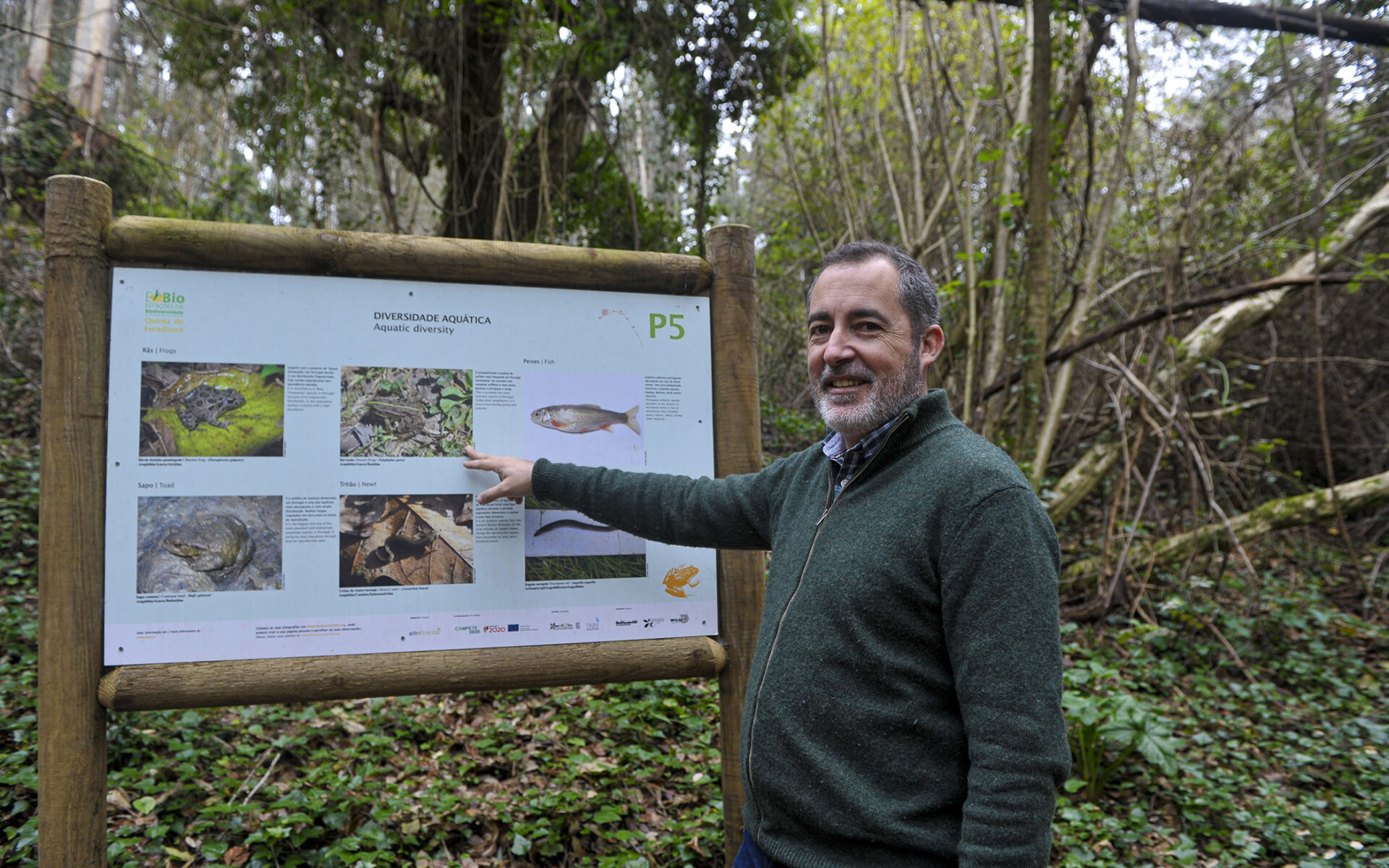Extending the network of biodiversity stations
Altri Florestal intends to double the existing network this year. There is work ongoing to review the information regarding the natural values in these spaces and to assess intervention needs and the possibility of building mini-reserves.
The creation of a network of biodiversity stations led to these spaces being monitored so that they became significantly valuable to the company and to the local community. Although they are located in areas under Altri Florestal’s management, these spaces are open to research institutions, schools and visitors to natural areas.
According to Pedro Serafim, the head of Altri Florestal’s Biodiversity and Forest Certification, “We have been participating in the Biodiversity4All platform for 10 years, and we registered all the species and habitats that have been spotted. Our idea is to provide an incentive to our partners and to society in general to record more information on that platform,” since opening up and sharing information is of mutual benefit.
There is two biodiversity stations, one located at Quinta do Furadouro and the other at Ribeira da Foz, in Constância. Altri Florestal’s ambition is to have 10 to 12 biodiversity stations spread around the country from north to south.

Two new stations will be created this year, one at the Cabeço Santo project in Águeda, where there is a partnership which has been collaborating for twelve years with a local association restoring the Belazaima stream; the other biodiversity station is located at the Parque Natural da Serra de São Mamede nature park, in an area called Palmeiro, right on the border with Spain.
This location has been classified by Altri Florestal as being of high conservation value. The next steps will be to extend the network every year, in a structured and realistic manner.
“We have the capacity to closely monitor and ascertain the existing value in that space, so it is possible to install the station, monitor it, preserve it and put conditions in place so that people can visit it,” Pedro tells us.
This range of initiatives has to be well publicised, in order to ensure that different stakeholders and people interested in these issues are able to take part. Therefore, Altri Florestal will be producing and publishing a themed video about the conservation areas and will provide an interactive map showing where the species are located throughout Altri Florestal’s properties.
Another goal is to have scientific research institutions analysing and studying the areas of eucalyptus forest. This habitat has not been greatly studied in Portugal. Some work has been undertaken relating to the birds of prey and mammals which live in the eucalyptus forest habitat, but there is other scientific work to be done in these areas.

